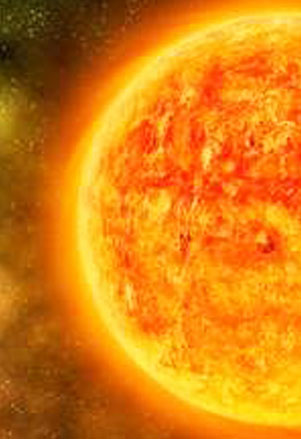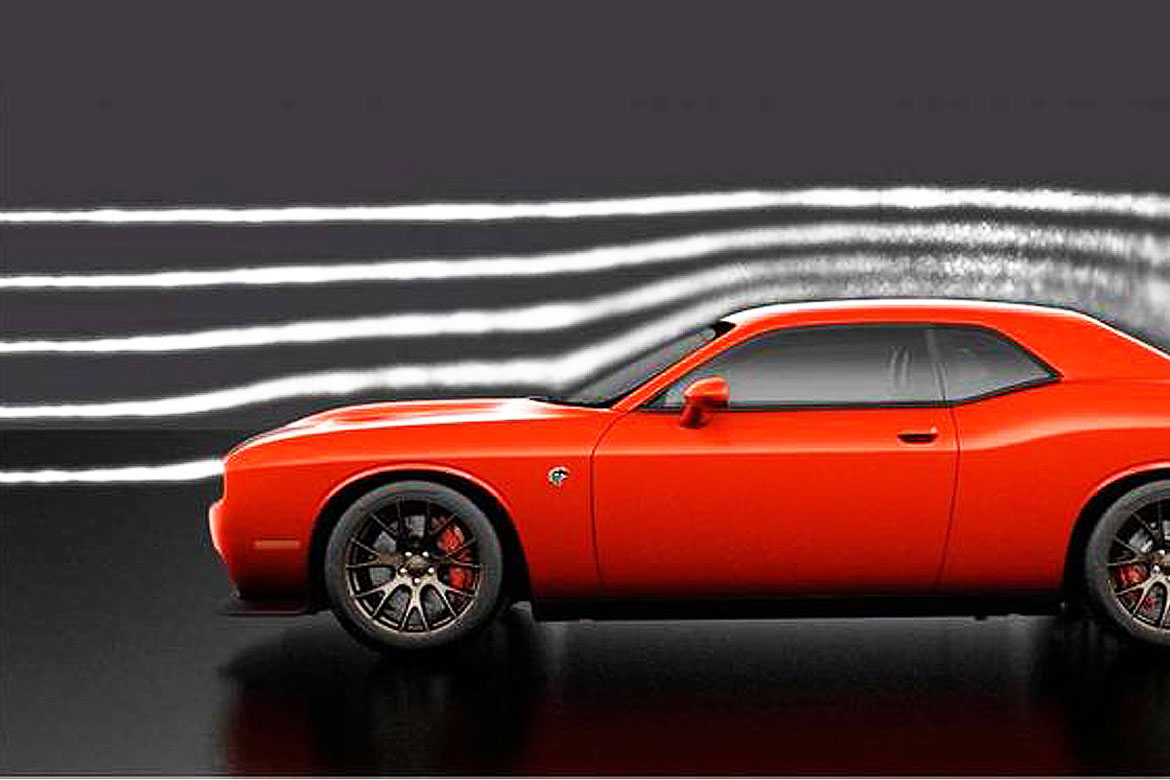Ever wonder how tint works? It's much more than a what you might think! The manufacturing process is amazing to say the least. Raw materials are treated to perform their individual jobs, and then combined together in a sterile environment to create what is commonly known as Window Tint. Using giant machines as large as a small house, huge rolls of the tint components miles long, proceeds through the Manufacturing Plant. Finally, the process is completed as a single layer of polyester tint which started out as several individual layers.
In the beginning years when window tint was first developed, "Darkness" was the only factor that had heat reduction properties. Researchers discovered that by adjusting the darkness of tint to various degrees, the heat from the sun could be regulated. The darker the film, the less solar heat would shine into the interior of a vehicle. This would become to be known as "Absorbtion Effect." Also, there is a second factor to heat reduction that's easily overlooked... Vehicle Movement!
«I have a better appreciation for my tint knowing how it really works. It's not just a see through sticker.»
Vehicle movement is important, because it blows away the heat from the outside of the windows when the window film reaches it's maximum heat absorbtion level. This is Generation One of old window tint technology. Today, we're in Generation Four.
- Nano-Carbon IR60 High-Performance Tint
- Nano-Ceramic IR80 Super-Performance Tint
- Nano-Ceramic IR98 Ultra-Performance Tint
 Motor vehicle drivers enjoyed the benefits of darker tint in the early years, but a few problems weren't far away. Safety came into play when accidents began to be common from dark window tint. Drivers' vision became impared
during inclement weather, as well as at night time. Law enforcement had to become involved which led to the tint laws of today. Safety for all drivers on the road is first priority.
Motor vehicle drivers enjoyed the benefits of darker tint in the early years, but a few problems weren't far away. Safety came into play when accidents began to be common from dark window tint. Drivers' vision became impared
during inclement weather, as well as at night time. Law enforcement had to become involved which led to the tint laws of today. Safety for all drivers on the road is first priority.
As window tint evolved, we have now reached the level of technology where "Darkness" is no longer a factor for heat rejection. Space Age Materials are now used in the manufacture of modern window tint. In fact, dark window tint can't even compete on the same level as modern Carbon or Ceramic Generation Four Window Films. We now can "Have Our Cake And Eat It Too." Gen. Four Tint offers maximum visability for safety, and maximum heat rejection for comfort!
In the 1990's through the 2000's, Generation Two of Metalized Tint made further efficiency advancements, however, as good as they were at the time, they pale in comparison to today's High Tech Gen. Four products.
Now, enter the age of Carbon and Ceramic Window Tint. Generation Three made tremendous advancements in solar energy protection. Most importantly, maximum visability along with maximum heat reduction. The only flaw with this new technology is a phenomenon known as Low Angle Haze. It isn't any concern when it comes to performance , it's more of a nuisance when the Sun is low in early morning and late evening. It's something vehicle drivers tolerated, because the benefits far outweighed the inconvenience. Fortunately, Generation Four solved this flaw.
Maximum heat rejection without the "Darkness" plague, clear visability, and almost Zero Low Angle Haze has been achieved. We have the BEST tinting product offered on the market. And, we are proud to be able to offer such a premium tinting product to the general public. Ceramic Tint is so effective, the 70% Nano-Ceramic IR98 rejects more solar energy than the old outdated Dark Dyed or Metalized Tints of the past.












Fort Washington,MD
Accokeek,MD
Ridge,MD